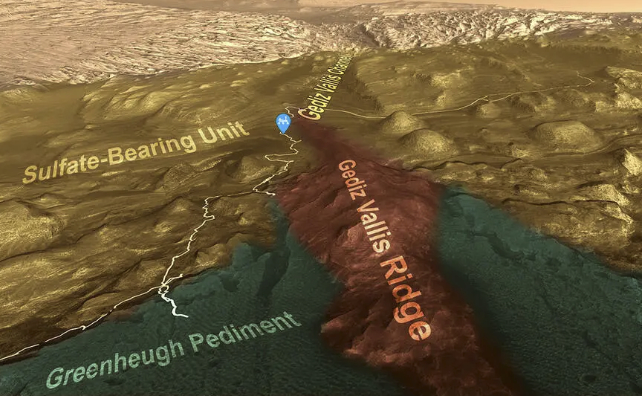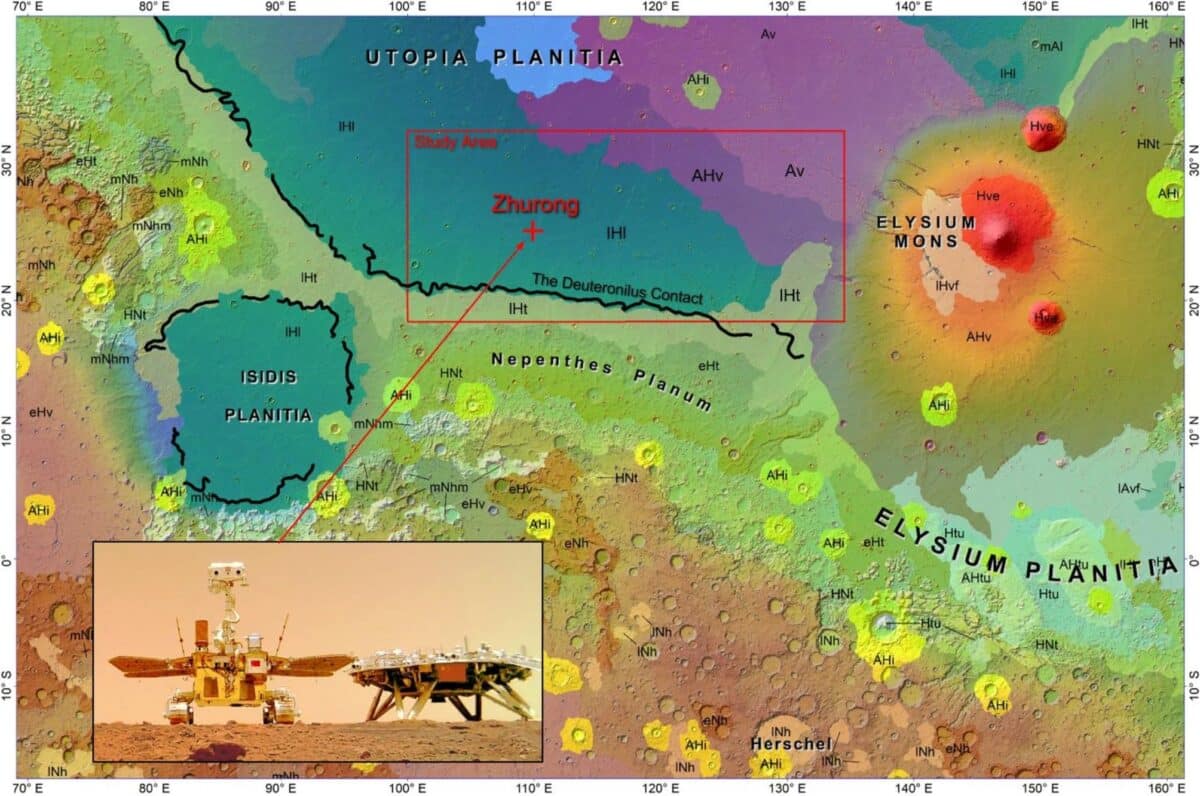NASA’s Mars Reconnaissance Orbiter has found evidence of ancient rivers on the surface of Mars. The orbiter captured an image showing ridges in Aeolis Planum, suggesting a story of ancient rivers and a very different Mars from today. The image was recently posted on NASA’s “Planetary Photojournal.”
The winding shapes in the image were formed by the flow of water carrying gravel, while finer grains covered the surrounding areas when the rivers overflowed. This sometimes leads to a geological phenomenon called inverted channels. After the rivers vanished, the finer-grained surroundings eroded, leaving the gravel riverbed as a raised ridge.
The long-evolving geological formation provides evidence of ancient rivers on Mars.

Evidence of ancient rivers on Mars.
Credit: NASA / JPL-Caltech / University of Arizona

Close-up view of the ridges left by past rivers on Mars.
Credit: NASA / JPL-Caltech / University of Arizona
The spacecraft took this image from a distance of nearly 166 miles above the Martian plains. The High Resolution Imaging Experiment (HIRISE) camera on the satellite captured these detailed photos. Unlike Earth, Mars has lost much of its atmosphere, making it a dry, desert world. The current harsh environment, about 1,000 times drier than the driest desert on Earth, combined with an irradiated surface, raises challenges for life to survive. Nevertheless, NASA’s Perseverance rover is currently exploring the Red Planet’s surface for potential signs of past primitive life. The space agency is also looking into a compact Mars plane for future exploration, in addition to the potential arrival of pioneering astronauts on Mars.












